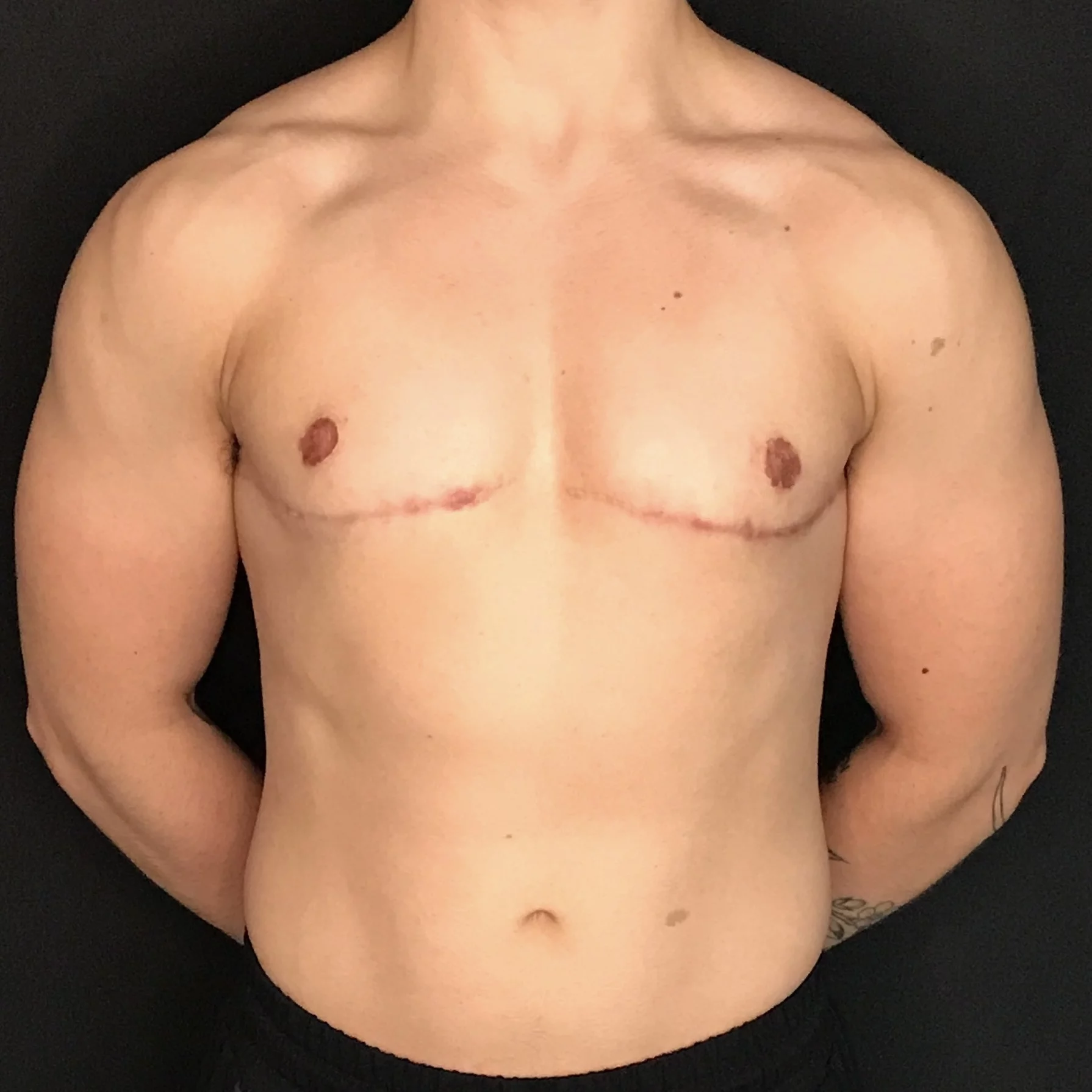Before having female-to-male gender-affirming surgery, a person will receive testosterone replacement therapy.
They may then undergo one or more of the following types of procedure.
Chest restructuring
A person undergoing surgery to transition from female to male typically has a subcutaneous mastectomy to remove breast tissue. The surgeon will also make alterations to the appearance and position of the nipples.
Meanwhile, testosterone therapy will stimulate the growth of chest hair.

Removal of the uterus, ovaries, and fallopian tubes
A person may wish to undergo this type of surgery if they are uncomfortable having a uterus, ovaries, or fallopian tubes, or if hormone therapy does not stop menstruation.
In a partial hysterectomy, a surgeon will remove only the uterus.
In a total hysterectomy, they will also remove the cervix.
A bilateral salpingo-oophorectomy, or BSO, involves the removal of the right and left fallopian tubes and ovaries.
Metoidioplasty
A metoidioplasty is a method of constructing a new penis, or neopenis.
It involves changing the clitoris into a penis. A person will receive hormone therapy before the surgery to enlarge the clitoris for this purpose.
During the procedure, the surgeon also removes the vagina, in a vaginectomy.
In addition, they lengthen the urethra and position it through the neopenis. To achieve the lengthening, the surgeon uses tissues from the cheek, labia minora, or other parts of the vagina. The aim of this is to allow the person to urinate while standing.
Another option is a Centurion procedure, which involves repositioning round ligaments under the clitoris to increase the girth of the penis.
A metoidioplasty typically takes 2-5 hours. After the initial surgery, additional procedures may be necessary.
A Centurion procedure takes approximately 2.5 hours, and removing the female reproductive organs will add to this time.
An advantage of a metoidioplasty is that the neopenis may become erect, due to the erectile abilities of clitoral tissue.
However, a neopenis resulting from a metoidioplasty is often too small for penetrative sex.
Phalloplasty
A phalloplasty uses grafted skin — usually from the arm, thigh, back, or abdomen — to form a neopenis. Doctors consider taking skin from the forearm to be the best option in penile construction.
Compared with a metoidioplasty, a phalloplasty results in a larger penis. However, this neopenis cannot become erect on its own.
After a period of recovery, a person can have a penile implant. This can allow them to get and maintain erections and have penetrative sex.
During a phalloplasty, the surgeon performs a vaginectomy and lengthens the urethra to allow for urination through the penis.
Disadvantages of a phalloplasty include the number of surgical visits and revisions that may be necessary, as well as the cost, which is typically higher than that of a metoidioplasty.
Scrotoplasty
A person may decide to have a scrotoplasty — the creation of a scrotum — alongside a metoidioplasty or phalloplasty.
In a scrotoplasty, a surgeon hollows out and repositions the labia majora to form a scrotum and inserts silicone testicular implants.


